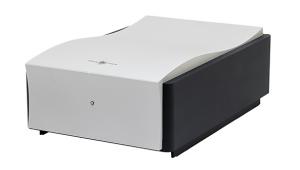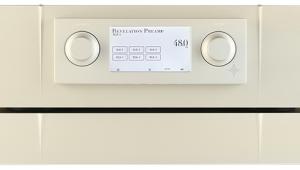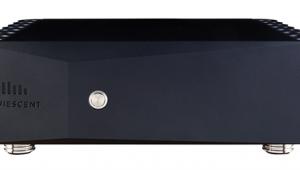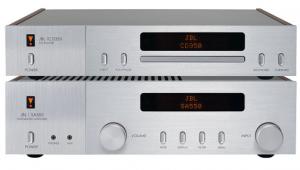Nagra HD AMP power amplifier Page 2
Chris Rea's 'On The Beach' [New Light Through Old Windows; WEA 243 841-2] sounds rather dated these days. Despite being a great classic pop song, many aspects of its production might have been improved at the time. Its multiple layers of instrumentation and percussion, for example, are all tightly compressed to give a wall of sound and are hard for most amplifiers to unpack. But not so with the HD AMPs, which took the album apart piece by piece with consummate ease.
From the song's opening bars, Nagra's 'Signature' amplifiers got a complete grip on the drum machine work – the beat shuffled along with spontaneity and speed, with oodles of filigree detail revealing every stroke and tap of percussion. The way that Rea's lead guitar work syncopated with this was a delight, the ensemble sounding deliciously tight and fast. Over this, his gravelly vocal worked not just as a melodic instrument but a rhythmic one – his phrasing beautifully carried, glueing the whole song together. Beneath this, a taut, tight '80s-style bass guitar added extra impetus and the result was a thrilling, edge-of-the-seat listen. The wonderfully propulsive sound of this amplifier was able to eke out the music's natural rhythm regardless of the quality of the recording.
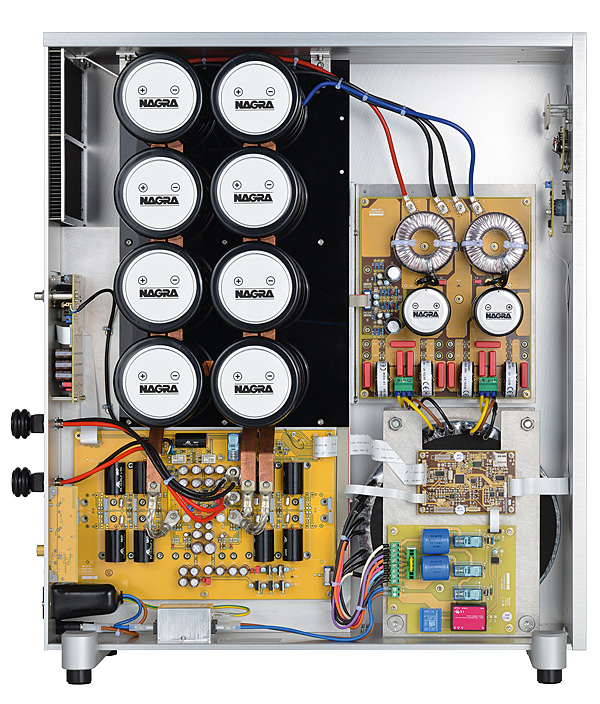
Feed it better material, and the HD AMP really picks up its skirts and runs. Sting's 'Fields Of Gold' [Ten Summoner's Tales; A&M Records 540 075-2] was recorded only five or so years later than Chris Rea's album, but the Nagra monoblocks showed just how far technology had advanced by the early '90s. It served up a breathtakingly spacious recorded acoustic, one that seemed to make editor PM's B&W 800 D3 loudspeakers vanish.
Sonic Summons
We were both summoned into this cavernous soundscape, as wide and deep as you have a right to expect from a pop record. Inside this, the startlingly open and clear midband let us peer right to the back of the recording, picking out a wealth of detail that lesser designs simply miss. The images of instruments were chiselled with granite-like certainty into the soundstage, every last strand of the mix played with complete impunity – never obstructing other instruments and/or the flow of the song.
The gentle classical guitar work embellishing the song was there in all its glory, set right behind the powerful, gliding keyboard backing. The maracas and rim-shot percussion were clear to hear, locked right in the middle of the soundstage; the latter particularly striking for its long, natural decay. Sting's voice sounded rich and enveloping, and almost ethereal in the way it hovered over the musical proceedings.
This combination of speed and scale is a compelling one, and will surely bring any loudspeaker to life. Yet it's important to appreciate this isn't achieved by shrillness or brightness, for the Nagra HD AMPs brilliantly capture what is on the recording in the first place without recourse to any artificial edginess. This unalloyed, unsullied exposition of the original recording also revealed another 'vintage CD' – Tracy Chapman's 'Fast Car' [from Tracy Chapman; Elektra 960 774-2] – in a fresh new light.
Female voices soon expose hard-sounding amplifiers but Nagra's HD AMPs remained silky-smooth here, projecting the distinct tone, colour and passion of her voice with a compelling immediacy. This said, there's no added romance, for the HD AMPs made the likes of Constellation's Taurus Stereo – a much-liked reference power amplifier [HFN Dec '17] – sound just a little euphonic by comparison. This wasn't because the HD AMPs were obviously brighter, but the Taurus was slightly 'fluffier' and more diffuse – like a Monet painting.
Never Boring
In fact, this amplifier is one of the most translucent I have ever heard. Whether it's the ability to scythe through the complex soundscape of the Pet Shop Boys' 'Being Boring' [Behaviour; Parlophone CDPCSD 113] or to carry the scale and power of Pink Floyd's epic 'Breathe' [Dark Side Of The Moon; EMI 7243 582136 2], the HD AMP remains utterly unflustered.
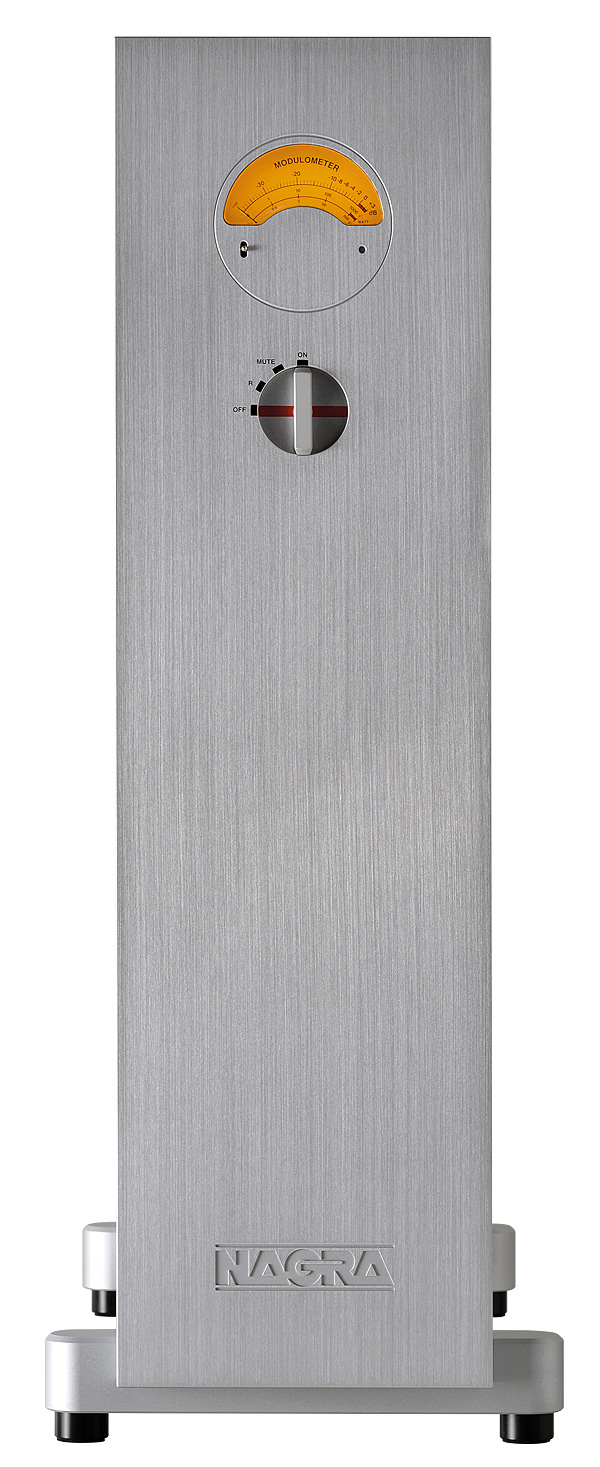
Turn up the volume, and the soundstage just keeps getting bigger, and an ever greater wealth of detail comes to the fore. At the same time, you begin to appreciate its superlative bass; so fast and lithe yet never overblown or flabby, the Nagra monoblocks are able to cook up great power when called upon. As things get louder, this amplifier stays absolutely consistent, maintaining the beautiful rhythmic flow of the song while its enveloping vibrancy pulls the listener closer and closer.
Hi-Fi News Verdict
This is an exceptionally high resolution device, a superlative power amp that's as devoid of faults as might realistically be demanded given the equally superlative price. Even 'difficult' loudspeakers are driven to high levels and all but commanded to deliver a sound that is at once smooth and exquisitely detailed, gentle yet resolutely powerful. For a few lucky owners, the HD AMPs will be a partner for life.






